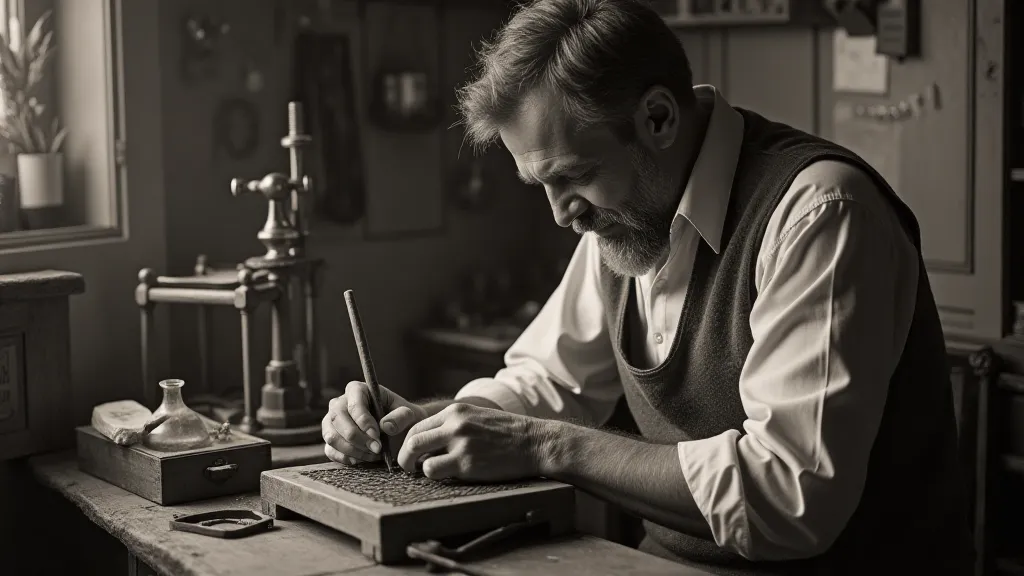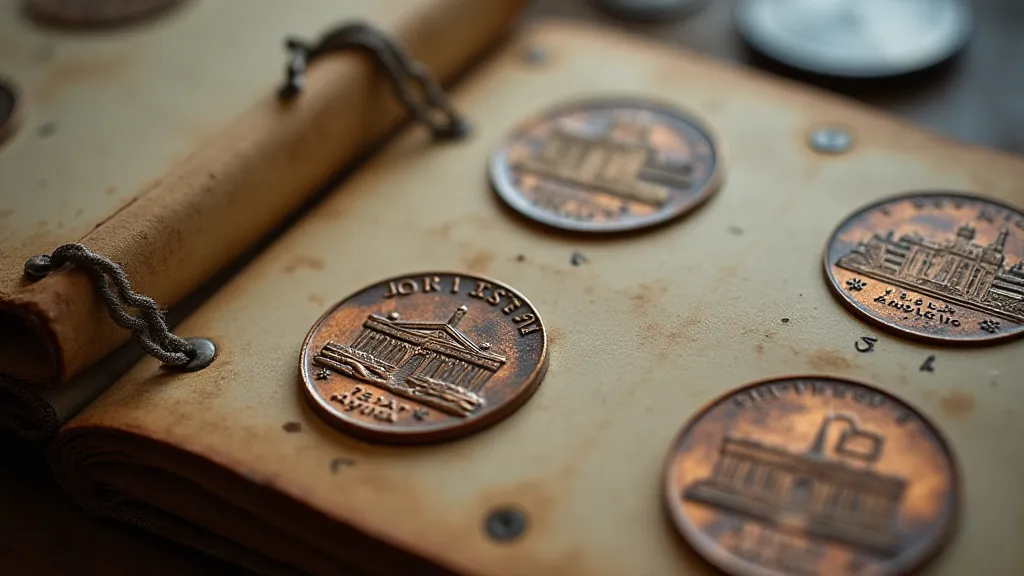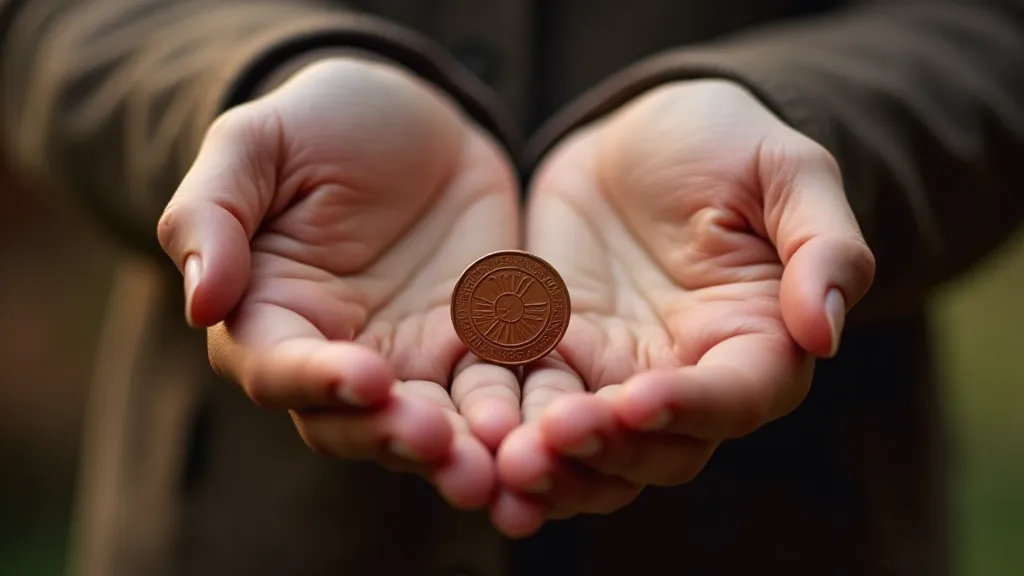Echoes in Bronze: The Lost Art of Hand-Pressed Pennies
There’s a certain magic in holding history in your hand. Not the grand pronouncements of empires or the weighty declarations of war, but something smaller, more intimate. I’m talking about pressed pennies, specifically the hand-pressed varieties – relics of a time when artistry and ingenuity weren't simply outsourced to machines. They’re more than just flattened coins; they’re echoes of a bygone era, whispers of the skilled artisans who dedicated their time and talent to creating miniature works of art.
My own fascination began with a dusty box in my grandfather’s attic. Amongst old tools and forgotten photographs, lay a small album filled with these extraordinary pennies. Each one was unique, bearing the imprint of intricate designs – Native American portraits, vintage automobiles, scenes from local landmarks. They weren’t the standardized, mass-produced pennies we see today; these were labors of love, each possessing a tangible personality. It wasn’t just the novelty that captured me; it was the *feeling* – the sense of connection to a craftsman, a community, and a past that felt both distant and remarkably close.
The Rise of the Hand-Pressed Penny
The story of hand-pressed pennies is inextricably linked to the rise of tourism and souvenir culture in the late 19th and early 20th centuries. As train travel made destinations more accessible, and the appetite for mementos grew, enterprising individuals began creating personalized souvenirs. The penny, being readily available and inexpensive, proved to be the perfect canvas. Early designs were often simplistic – local crests, business names, or patriotic emblems – pressed into the coin using handmade dies. These were, quite literally, handcrafted keepsakes. The act of creating these keepsakes speaks to a broader appreciation for the tactile and sensory experience— something we often overlook in our increasingly digital world. Thinking about the effort and skill involved makes you consider “The Weight of a Moment: Considering the Sensory Experience of Collecting"—the genuine connection fostered by physical objects.
Imagine the scene: a small shop in a bustling seaside town, the rhythmic clang of the press filling the air. The artisan, meticulously positioning the coin within the die, applying just the right amount of pressure. It wasn’t a simple process; it required a keen eye, a steady hand, and a deep understanding of the metal's properties. They were artists, in their own right, transforming the mundane into the memorable.

The Distinction: Artisan vs. Commercial
The landscape shifted dramatically in the mid-20th century. Commercialization took hold. Mass-produced dies and automated machines replaced the personalized touch of the hand-pressed artisan. While these commercially-produced pennies are certainly charming and collectable in their own right, they lack the unique character and historical significance of their predecessors. The subtle imperfections – the slight blurring of the design, the unique pressure marks – these are the hallmarks of a hand-pressed penny, evidence of the human touch. Many of these pennies represent more than just a souvenir; they’re a potent reminder of a time when objects held stories, reflecting “The Alchemy of Metal: Transforming Currency into Memory"—turning a common coin into a cherished memento.
Identifying a hand-pressed penny can be tricky. Look for inconsistencies in the design – a slight shift in the image, a hint of doubling, or subtle variations in the pressure. Examine the edges of the penny. Hand-pressed pennies often exhibit a slightly rougher edge compared to the clean lines of commercially-produced ones. The alignment of the design on the penny can also be a clue. While commercial presses meticulously center the image, hand-pressed pennies are often slightly off-center, reflecting the artisan’s individual technique.
The Art of the Die: A Collector's Insight
The dies themselves are fascinating objects. They were often made from brass, steel, or even lead. Early dies were simple – a single impression made directly into the metal. Later, more elaborate designs were created using multiple punches and recesses, requiring significant skill and precision. Many of these original dies have been lost to time, making any surviving examples exceptionally valuable. The challenge of locating and preserving these historical tools is part of the dedication inherent in serious collecting.
Collecting dies is a niche area within the pressed penny hobby, but it offers a fascinating glimpse into the craftsmanship and ingenuity of the past. A well-preserved die is not just a tool; it’s a piece of history, a testament to the artisan’s dedication and creativity. The meticulous care required to maintain these items goes beyond simple preservation; it’s a way of ensuring that the narrative they embody continues to resonate. Thinking about the potential loss of these artifacts highlights “The Impermanence of Keepsakes: Embracing the Transient Nature of Pressed Penny Collecting"—a poignant reminder that even treasured objects are not immune to the passage of time.
Preserving the Legacy: Care and Restoration
Pressed pennies, like any antique, require careful handling. Avoid harsh cleaning agents, which can damage the delicate surface. Gentle wiping with a soft cloth is usually sufficient. Proper storage is also crucial. Acid-free sleeves or albums will protect the pennies from corrosion and environmental damage. It's a thoughtful endeavor, considering the effort put into each individual coin.
Restoration, however, is a delicate matter. While removing surface grime can enhance the penny's appearance, any attempt to “perfect” the design can diminish its historical value. The imperfections are part of what makes a hand-pressed penny unique – they’re a record of the artisan’s touch. Think of it as preserving history, not erasing it. It's an exercise in appreciating the organic nature of handcrafted items, acknowledging the slight variations that make each one distinct.

A Lasting Impression: The Rarity and Value
The rarity of hand-pressed pennies is a key driver of their value. The vast majority were lost to time, discarded or simply melted down. Those that survive are increasingly sought after by collectors. Rarity is determined by a number of factors: the design itself (certain towns and businesses are more desirable), the condition of the penny, and the provenance – the documented history of the penny’s origin. The documentation of provenance can add a significant layer of value, acting as an anchor to the past and verifying the coin’s legitimacy.
While prices can vary widely, certain designs are exceptionally valuable. Pennies from businesses that no longer exist, or those depicting unique and historically significant locations, command premium prices. Even a seemingly ordinary penny can be valuable if it’s in exceptionally good condition and can be traced back to a known artisan or business.
More Than Just Coins: A Connection to the Past
Ultimately, collecting hand-pressed pennies is more than just acquiring objects; it’s about connecting with a lost art form, preserving a piece of history, and appreciating the skill and dedication of the artisans who created them. Each penny is a tiny window into the past, offering a glimpse into a time when craftsmanship and creativity were highly valued. It's a continuous journey of discovery, uncovering not only the stories behind the pennies themselves, but also the broader social and economic context in which they were created. And keeping track of your collection—organizing it systematically—is an art in itself. Consider “The Pocket’s Chronicle: Organizing Your Pressed Penny Album"—a practical guide to preserving your own collection and sharing its story.
The next time you hold a pressed penny, take a moment to appreciate the echoes of bronze, the whispers of the past.






